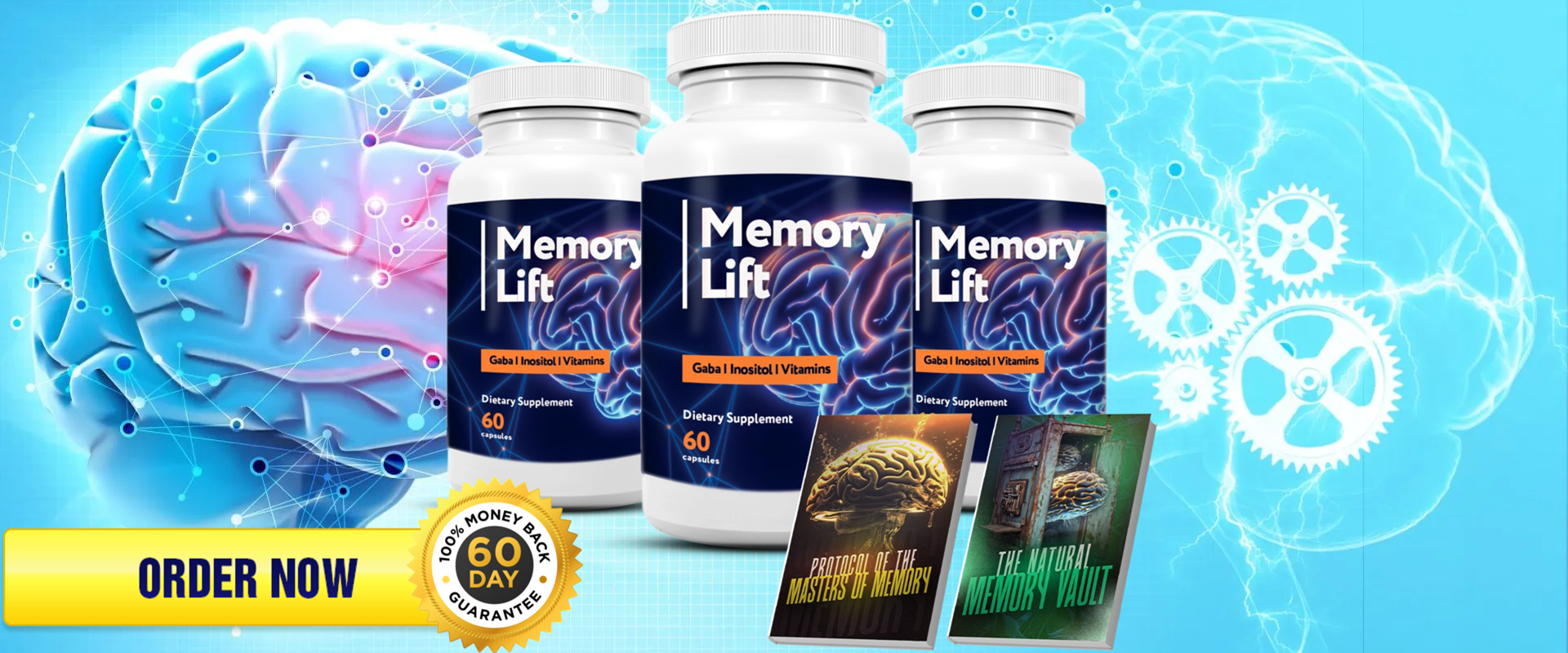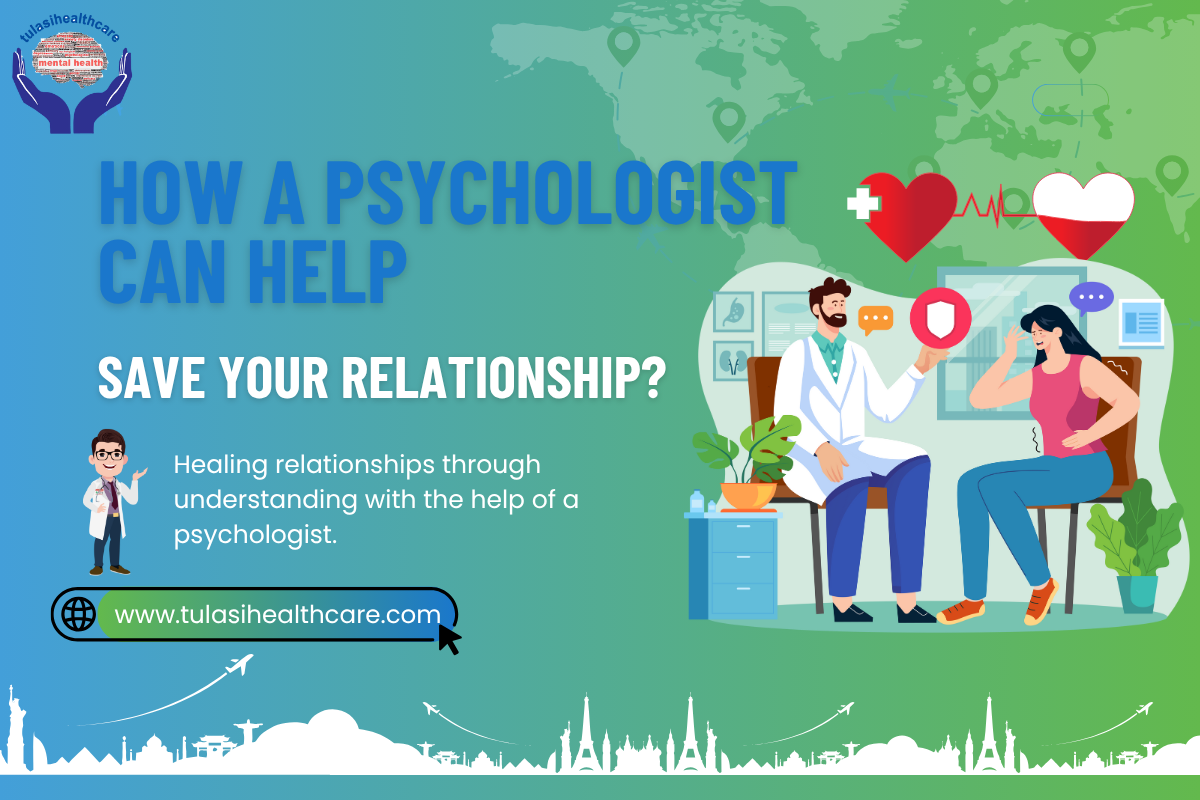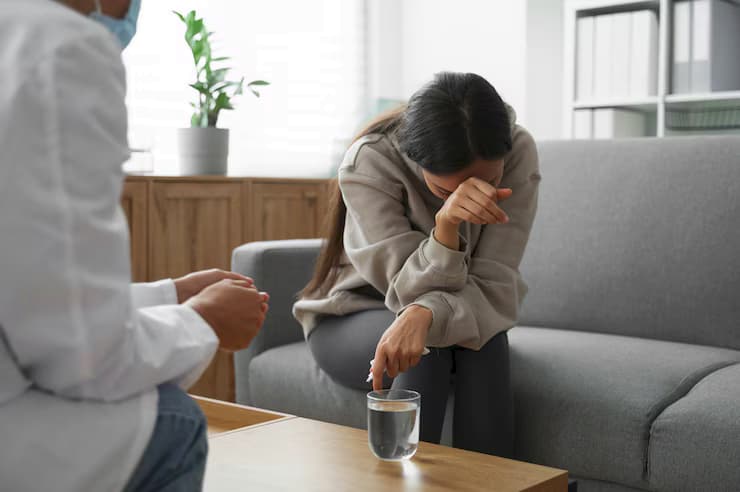Which Part of the Brain Controls Voluntary Action review this

Strong 8k brings an ultra-HD IPTV experience to your living room and your pocket.
Introduction
Every movement we make - whether it’s lifting a glass of water, typing on a keyboard, or even smiling at a loved one - is the result of voluntary action. But have you ever wondered: which part of the brain controls voluntary action?
As a neurosurgeon, I often explain this to patients in simple terms. Voluntary actions are movements we consciously control. Unlike reflexes (like blinking when something comes close to your eyes), voluntary actions are planned and executed by special areas of the brain.
In this blog, let’s understand how the brain handles these actions, why they matter, and what happens when something goes wrong.
The Brain’s Control Center for Voluntary Action
The primary area of the brain responsible for voluntary action is the cerebral cortex, specifically the motor cortex.
Here’s how it works:
Multiple muscles receive signals from the motor cortex, which is found in the frontal lobe.
These signals travel through the spinal cord and nerves until they reach your muscles.
The muscles then contract, leading to movement.
Think of the motor cortex as a “command center.” When you decide to pick up a pen, this part of the brain issues the order, and your hand obeys.
Step-by-Step: How Voluntary Action Happens
Decision Making – First, the brain decides what action is needed. A similar process takes place in the prefrontal cortex, which is associated with planning.
Command Issued – The motor cortex generates a signal.
Signal Pathway – This electrical message travels down the spinal cord.
Muscle Activation – The signal reaches the muscle fibers, telling them to contract.
Movement – You perform the action, whether it’s walking, writing, or waving.
It all happens in a fraction of a second, so smoothly that you don’t even realize the complex science behind it.
Voluntary vs. Involuntary Actions
It’s important to understand the difference:
Voluntary Actions: Controlled consciously. Example: playing a guitar, dancing, or speaking.
Involuntary Actions: Controlled automatically by the brainstem and spinal cord. As an example, when you are sleeping, you might feel your heartbeat, feel your digestion, or breathe.
This is why voluntary actions can stop if there’s brain damage, while involuntary actions usually continue.
What Happens if the Motor Cortex is Damaged?
As a neurosurgeon, I see patients with conditions that affect voluntary actions. Damage to the motor cortex may cause:
A weakness or paralysis on one side of the body.
Difficulty in speaking or writing.
Loss of coordination in simple movements.
These can occur due to stroke, brain injury, or tumors. Early treatment and rehabilitation can help patients regain control.
Real-Life Example
Imagine you are learning to play the piano. At first, it feels difficult your brain is forming new pathways. Eventually, your fingers will move effortlessly as your motor cortex becomes more efficient. This is the power of the brain in mastering voluntary action.
Role of Other Brain Areas in Voluntary Action
Although the motor cortex is the main controller, other parts of the brain support voluntary movement:
Cerebellum – Maintains balance and coordination.
Basal Ganglia – Helps start and control smooth movements.
Parietal Lobe – Provides awareness of body position.
Together, they form a network that ensures your movements are precise and purposeful.
Conclusion
So, which part of the brain controls voluntary action?Specifically, movement is determined by the frontal lobe's motor cortex, the cerebellum, and basal ganglia.
Every time you raise your hand, take a step, or even write your name, your brain is working in harmony to execute voluntary action.
As a neurosurgeon, I believe understanding how your brain works not only builds awareness but also encourages you to take care of it through a healthy lifestyle, timely check-ups, and awareness of symptoms.
❓ FAQs
Q1: How are voluntary actions different from reflexes? Voluntary actions are planned and controlled consciously, while reflexes are automatic and do not involve conscious thought.
Q2: What diseases affect voluntary actions?Stroke, brain tumors, Parkinson’s disease, and traumatic brain injury can all affect voluntary movements.
Q3: Can voluntary movement be restored after brain injury?Yes, with treatments like surgery, physiotherapy, and rehabilitation, many patients regain partial or full control.
Q5: How can I keep my brain healthy? Exercise regularly, eat a balanced diet, avoid smoking and excess alcohol, and manage conditions like high blood pressure and diabetes.
Note: IndiBlogHub features both user-submitted and editorial content. We do not verify third-party contributions. Read our Disclaimer and Privacy Policyfor details.







